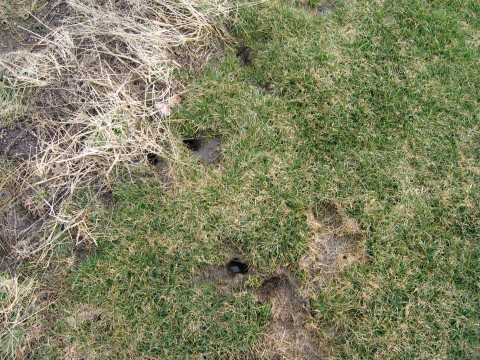Vole Control Tips to Maintain Your Backyard and Gardens
Vole Control Tips to Maintain Your Backyard and Gardens
Blog Article
Comprehensive Guide to Reliable Vole Bug Control: Infestation Recognition and Therapy Approaches
In the realm of effective bug control, vole infestations present an unique obstacle that demands a tactical strategy. These little rodents, commonly incorrect for mice, can ruin gardens, grass, and plants if left uncontrolled. Recognizing the indications of vole visibility and executing targeted treatment approaches are necessary parts of a successful insect management plan. By discovering the nuances of vole behavior, comprehending essential signs of problem, and reviewing a series of control choices, one can establish a detailed approach to combat these elusive parasites.
Understanding Vole Behavior
Vole habits is defined by their delving practices and quick reproduction prices, making them a tough insect to regulate effectively. Their rapid reproductive rate more makes complex control efforts, with ladies capable of creating several clutters in a single year, each containing several offspring.
Voles are most active throughout the very early morning and night hours, investing most of their time foraging for food. Their burrowing behaviors not only disturb grass and gardens however likewise make them challenging to detect and eliminate. Understanding vole habits is important for effective parasite control strategies. By identifying their burrow locations, keeping an eye on feeding locations, and executing targeted control techniques, such as trapping or environment modification, vole infestations can be managed efficiently.
Signs of Vole Infestation

Avoidance Methods
Carrying out efficient prevention methods is essential in lessening vole problems and securing plant life from their destructive feeding routines. To avoid vole infestations, it is vital to begin by getting rid of potential food resources and shelter.
Regularly evaluating the home for signs of vole task, such as runways and burrow openings, is important for very early detection and punctual action. If vole activity is suspected, consider making use of catches or repellents tactically positioned near their paths. Utilizing all-natural predators like owls or snakes can also aid maintain vole populations in check. By implementing a mix of these avoidance approaches, gardeners and house owners can successfully shield their vegetation from vole damage.
Non-Lethal Control Approaches
To effectively take care of vole populaces while prioritizing humane approaches, non-lethal control methods offer useful solutions for reducing vole damage in landscapes and gardens. One efficient approach is the use of physical barriers such as hardware fabric or wire mesh to protect at risk plants. These barriers can be hidden at the very least 12 inches deep and bent at a 90-degree angle to avoid voles from delving beneath. Furthermore, habitat adjustment can prevent voles by minimizing their favored food resources and concealing areas. Maintaining a well-mowed yard, removing debris, and maintaining plants cut can make the setting much less enticing to voles.

Lethal Control Options
One effective method for dealing with vole problems in gardens and landscapes includes the tactical about his use of dangerous control choices. When encountered with a serious vole problem that non-lethal approaches have fallen short to contain, carrying out lethal control measures ends up being crucial. On the whole, when employing dangerous control choices, it is crucial to do so properly and in conformity with local laws to properly handle vole invasions.
Verdict
In verdict, efficient vole bug control needs a comprehensive understanding of vole behavior, identification of signs of infestation, implementation of prevention strategies, and utilization of both non-lethal and dangerous control methods. By incorporating these methods, individuals can efficiently handle vole populaces and protect their residential property from damage. It is important to attend to vole invasions immediately to stop more issues and reduce the influence on the surrounding atmosphere.
Provided the elaborate tunnel systems and quick reproduction rates characteristic of voles, recognizing the indications of vole site web infestation comes to be crucial in reliable bug control. One of the primary signs of vole presence is the existence of surface area paths or trails in grass or snow, usually concerning 1-2 inches wide, developed as voles take a trip in between their burrows and food sources.To effectively take care of vole populaces while focusing on gentle techniques, non-lethal control strategies offer practical services for decreasing vole damage in landscapes and yards.One reliable technique for dealing with vole problems in gardens and landscapes involves the strategic use of deadly control options. vole pest control.In final thought, reliable vole pest control calls for a thorough understanding of vole behavior, recognition of signs of problem, execution of avoidance techniques, and use of both non-lethal and deadly control methods
Report this page